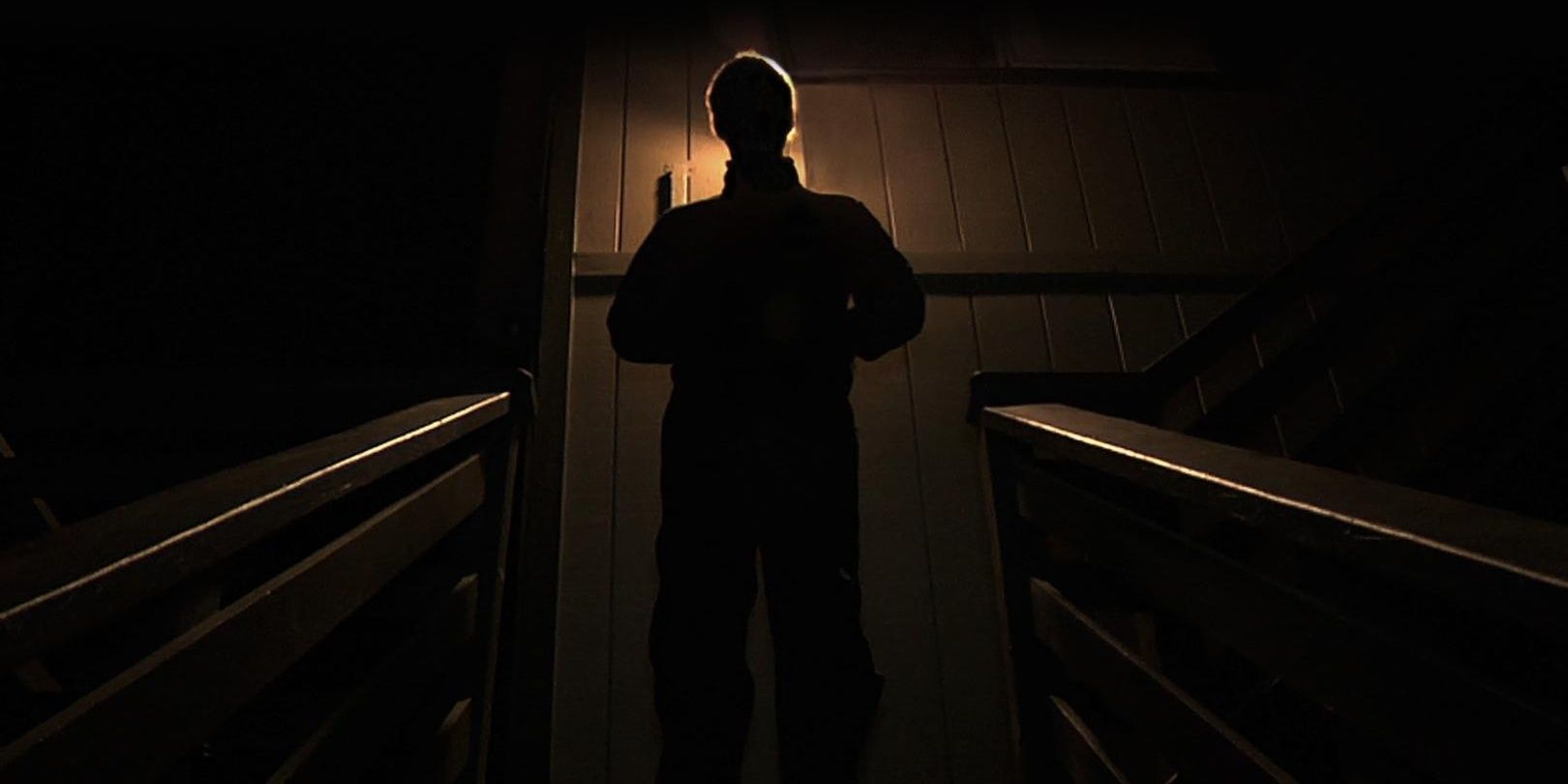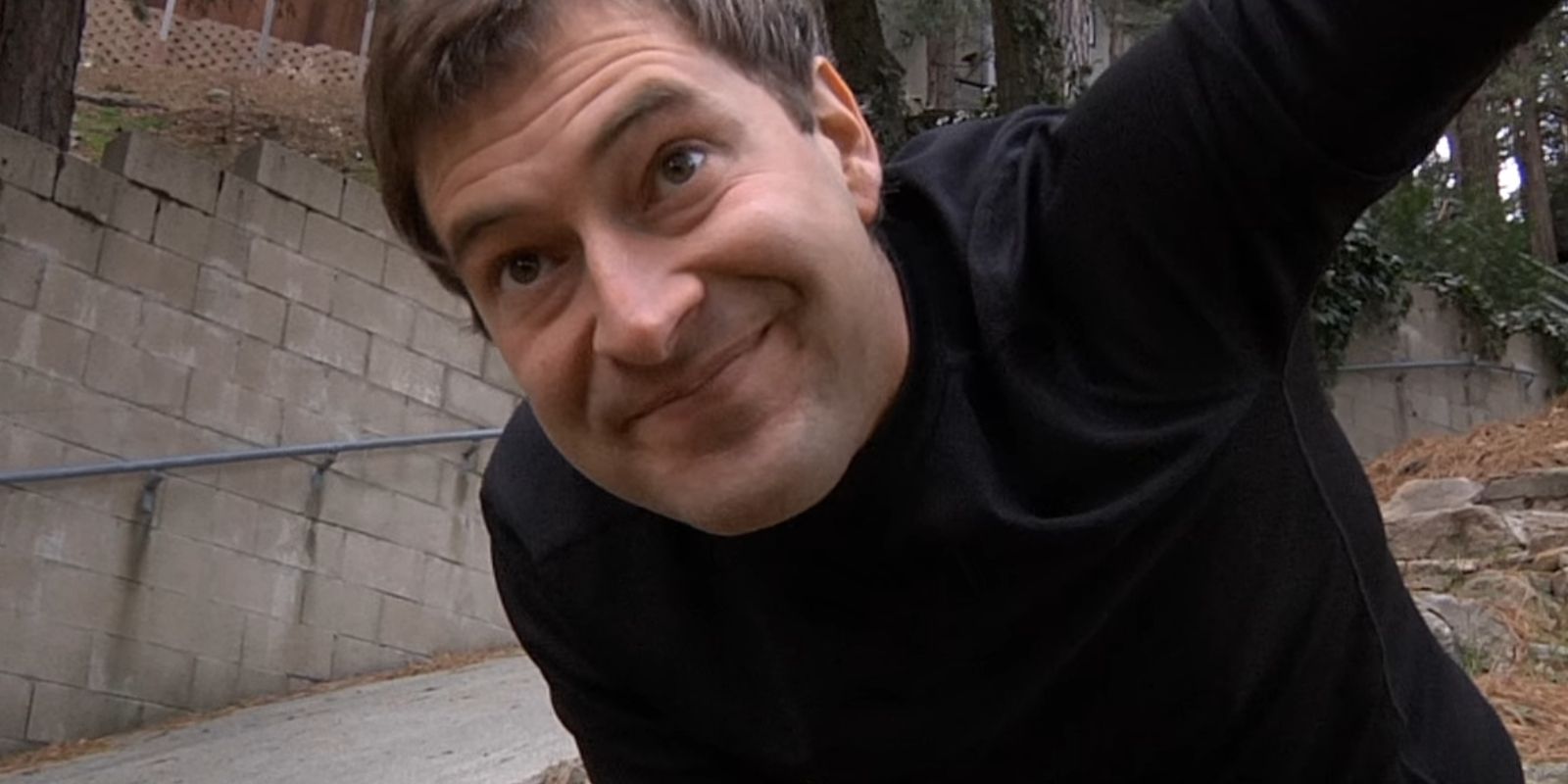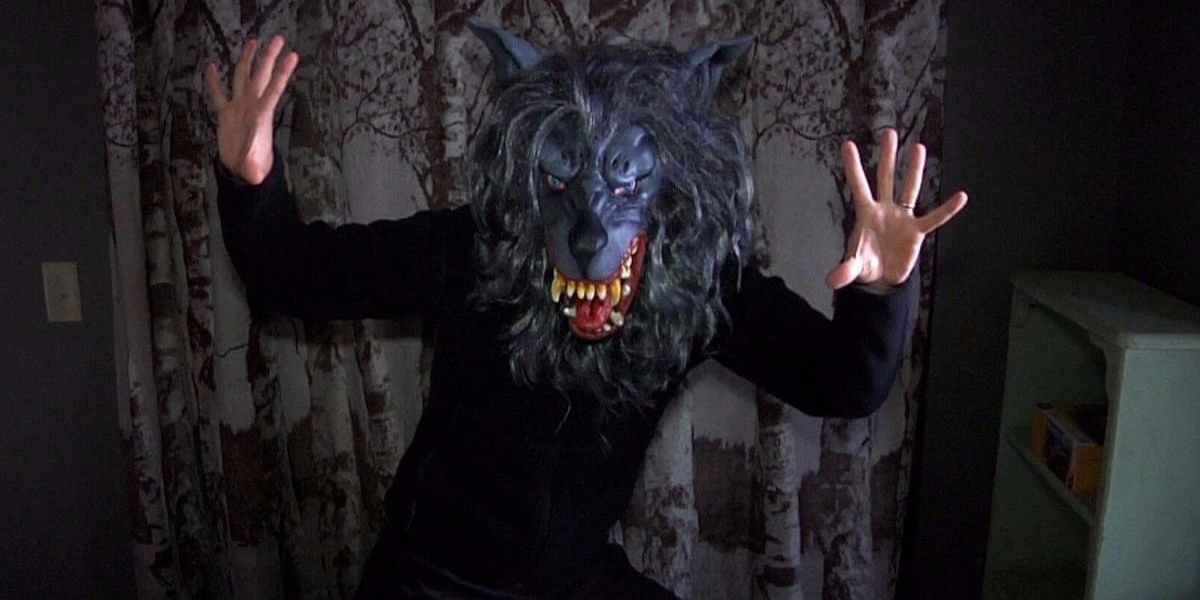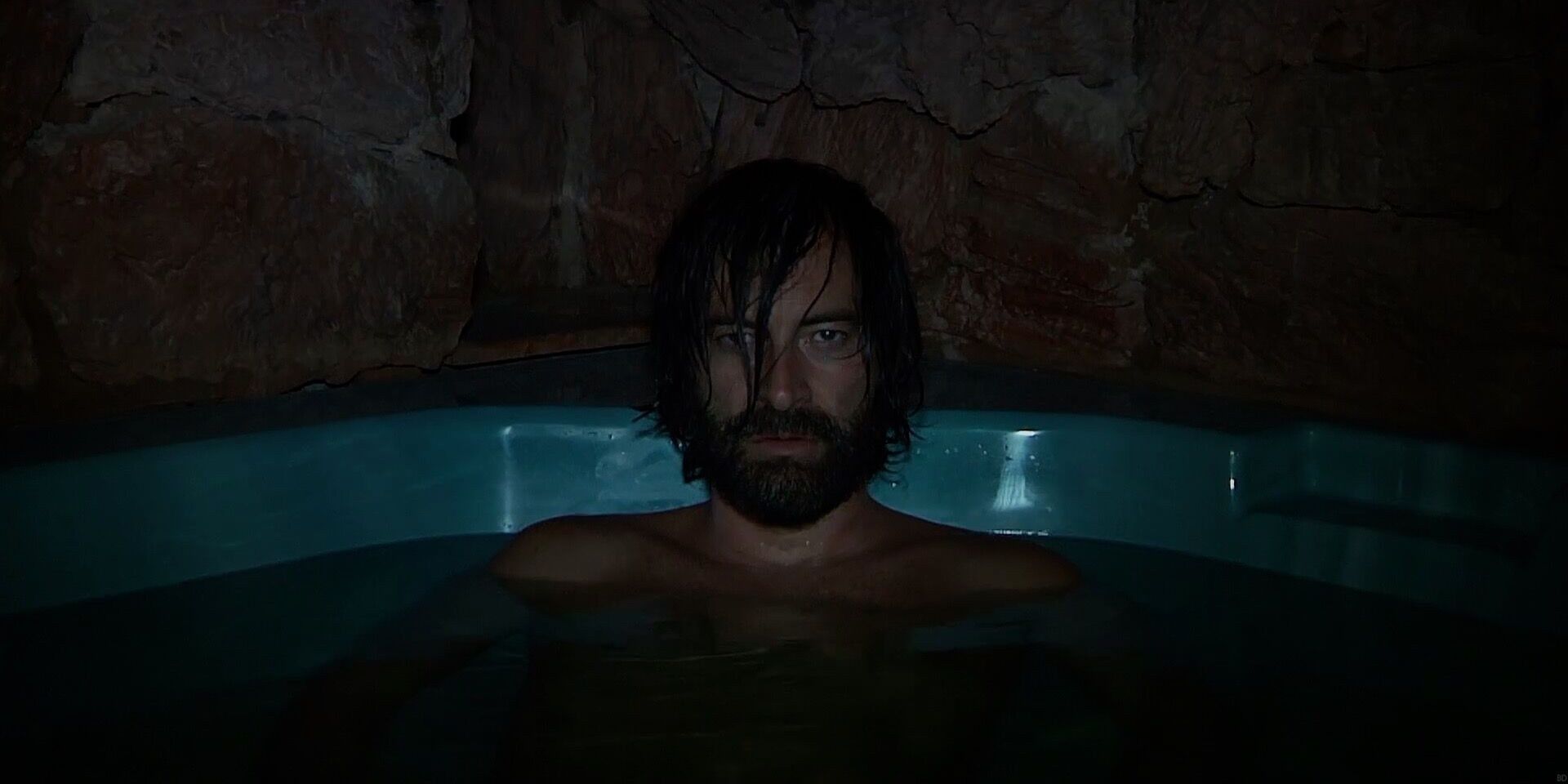For a functioning society to work, there needs to be an element of trust. Once one has lost somebody’s trust, it can be impossible to get back depending on the person and the severity of the infraction. Mark Duplass and Patrick Brice’s Creep is the first in a series of found-footage horror movies that explores the idea of trusting a complete stranger while making use of a limited setting and cast. The two films (with a third and final film in the series planned for some time in the future) take place in a remote mountain location, and each film has a cast of just two. However, as each film starts out innocuously enough, the viewer is led to wonder what surprises await them by the time the credits roll.
The first Creep movie follows Aaron, a freelance videographer played by Patrick Brice, as he drives to a peculiar house located way up in the mountain outside of town. He explains that he’s answering an ad for a job that’s paying him $1000 dollars a day to document Josef, played by Mark Duplass. Upon arriving at the house, Josef explains that he has brain cancer with a prognosis of 2 to 3 months left to live and he’ll be leaving behind a pregnant wife. Citing inspiration from the Michael Keaton film My Life, Josef wants the day’s video to be for his child so they will know what their father was like. As the day goes on, Josef takes Aaron through a variety of strange and awkward experiences, and Aaron begins to wonder if this person he just met is who he says he is.
The movie really examines what it means to trust somebody, something that people have to do to a certain degree on a daily basis. Aaron answers an online ad from a complete stranger to meet them in their remote house up in the mountains, something which requires either a lot of trust, desperation, or both. Aaron also has to believe that Josef is telling him the truth about his illness and the intentions for bringing him out there. Josef has to trust that Aaron won’t hurt him just as much as Aaron has to trust Josef.
The activities that Josef requests Aaron film all make sense when viewed not just as tests of faith, but also conditioning. They start the day of filming by having Aaron film Josef as he takes a bath, pantomiming washing his yet-to-be-born son. Aaron is obviously uneasy to be in the room with a naked Josef, but in this situation, Josef is quite literally leaving himself exposed. For the next activity, they go for a walk in the woods along a trail, and after a long period of walking and talking about regrets and fears, Josef admits that he isn’t sure how to get back. After making their way back to a diner, Josef asks Aaron to reveal something he’s ashamed of before revealing a secret of his own: he had been covertly taking photos of his arrival, something which, after the day’s activities, Aaron accepts.
All of these moments can be viewed as a way of slowly breaking down the protagonist’s inhibitions. By putting Aaron in a compromising situation but leaving himself vulnerable, Josef gets Aaron used to the idea of him being harmless, and slowly the boundaries of how much Aaron is willing to trust this person he met just that morning are tested. The nature of Aaron’s trust for Josef and vice versa is explored all the way up to the film’s conclusion.
In a way, the act of watching a movie is an exercise in trust as well. As a viewer, one is putting their faith in the creators that their 90 minutes (or more) are going to be well spent. There are long moments of silence in Creep where the viewer isn’t sure what is going to ensue. Anything can happen between the quiet moments, and a film’s plot can change immediately. Creep also features a number of jump-scares (which usually scare Aaron as well), and the best way to effectively jump-scare somebody is to lull them into a sense of comfort.
Cabin in the Woods was marketed as a straight-forward horror film, only for people in the theaters to realize that it’s actually a half-comedic unpacking of the horror genre. Psycho follows Janet Leigh’s Marion Crane for roughly 47 minutes before the iconic shower scene, completely changing who the protagonist of the film is a little over a third of the way into the film. A number of films kill characters by having audiences think their nemesis is finally dead and foolishly turning their back on them, only to have them stand back up and attack while their back is turned. A common thematic device in films is the “unreliable narrator”, where the main character in a film might misremember things, not know the entire truth, or could being lying outright. The viewer just has to trust that the version of the events they are seeing is how the story actually played out.
In the sequel, Creep 2, Josef meets with Sara, a new videographer hired from an online ad. Josef introduces himself as Aaron, thus revealing that Josef was likely not Duplass’s character’s real name. When Sara arrives to document “Aaron/Josef”, he explains to her that he is a serial killer and wants her to document his life. Sara, however, does not believe him, thus reinforcing the motif, but in a whole different direction. Over the course of the day, he tries and fails to convince her that he is dangerous and to be feared, making the nature of their trust a complete inverse of that in the first film.
The end of Creep 2 sets the stage for a third film, but it hasn’t come to be yet. Duplass and Brice have stated that they’re working on making the script for the final film in the trilogy to be the best they can make it. Those who have seen the first two, it appears, will just have to trust that the filmmakers will be able to wrap up the trilogy in a satisfying way, or even at all.




